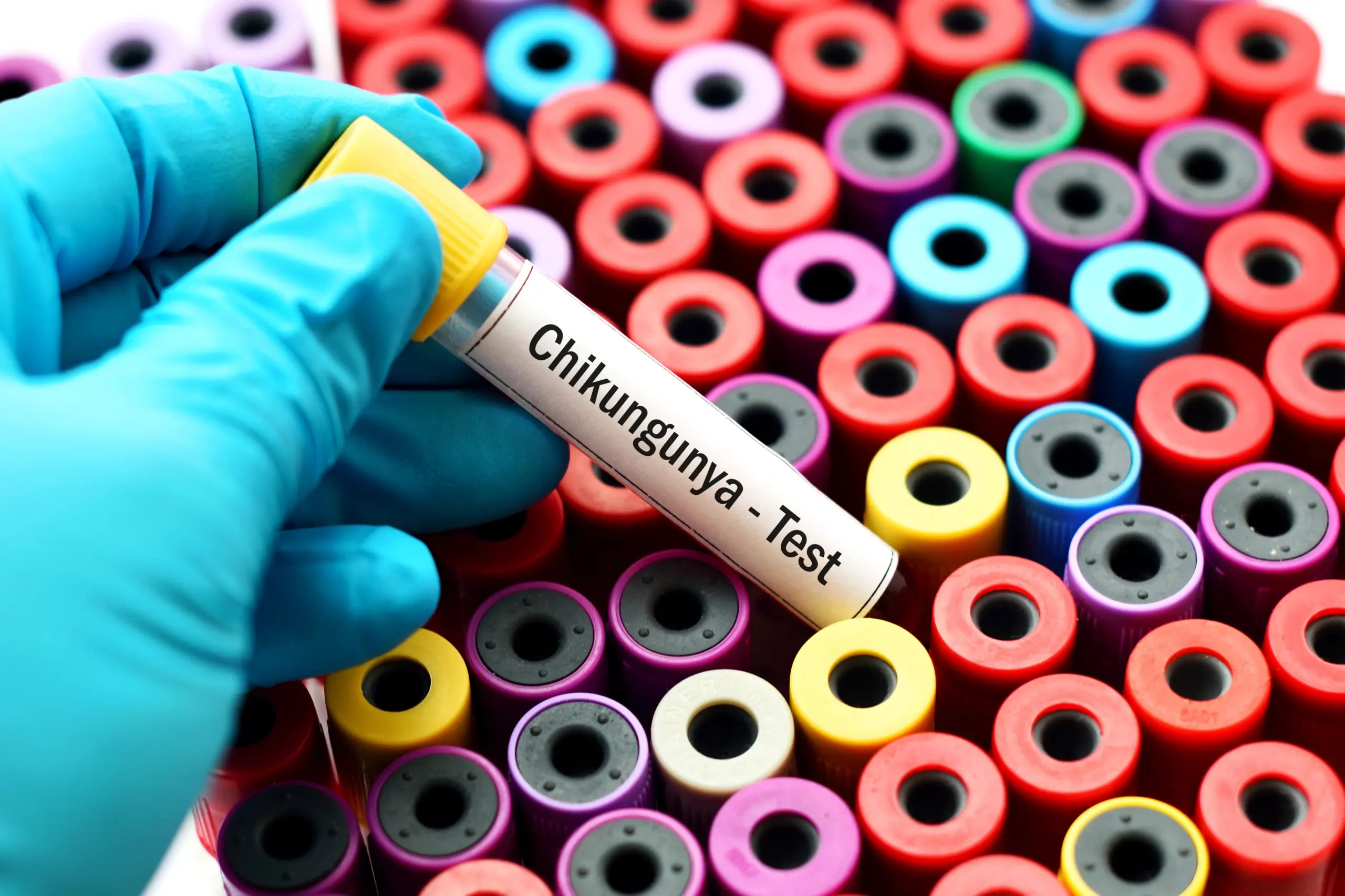India could experience the biggest impacts of chikungunya in the long term, potentially putting 51 lakh people at risk of the mosquito-borne infection every year, a global modelling study published in the British Medical Journal (BMJ) Global Health suggests.
Brazil and Indonesia might be the second and third most affected, with impacts due to the disease in India and Brazil accounting for 48 per cent of the global impact on healthcare systems and individuals, the findings show.
The study, led by researchers at the London School of Hygiene and Tropical Medicine, suggests chronic health impacts will be the biggest concern, with existing evidence suggesting around 50 per cent of the affected possibly grappling with a long-term disability.
Around the world, more than 1.40 crore people every year could be at risk of chikungunya infection in the long term, the study estimated.
“The potential spread of vectors carrying viruses like chikungunya won’t wait for us to carry out years of research, so it’s been extremely important to us that the model we’re working on is shared and used in real time to help public health professionals manage current cases and prepare for the future,” said co-author Sushant Sahastrabuddhe, associate director general of innovation, initiatives, and enterprise development at the International Vaccine Institute, South Korea.
Chikungunya is a virus that spreads through bites of the ‘Aedes aegypti’ and ‘Aedes albopictus’ mosquitoes, more commonly known as yellow fever and tiger mosquitoes. Symptoms can include high fever and severe joint pain, and about 50 per cent of the patients are said to suffer from long-term joint pain and disability.
While there are no specific treatments for the viral mosquito-borne infection, two preventive vaccines have been approved for use in certain countries, including the US.
The study is the first of its kind to predict chikungunya burden by combining existing data on chikungunya infections with factors that may influence the likelihood of infections, the authors said.
Previous estimates that often looked at surveillance and outbreak reports could likely be an underestimate, they added.
Estimates presented in the study could be useful for prioritising regions and targeting vulnerable age groups-children under 10, adults aged 80 and over-for introducing chikungunya vaccine, the team said.
They estimated “global chikungunya burden annually of 14.4 million (1.44 crore) infections” and “India and Brazil accounted for 48 per cent of the global burden”.
“The chronic phase accounts for 54 per cent of chikungunya burden, with relatively higher burden among 40-60-year-old population, with mortality disproportionately affecting children under 10 and adults over 80,” the team added.
Lead researcher Hyolim Kang, also a research fellow at Nagasaki University, “It’s been widely thought that mosquitoes carrying chikungunya would be confined to subtropical or tropical continents, but our analysis has found that the risk extends way beyond these regions.”
“Prevention of the spread of this disease is important for everyone. There are no specific antiviral therapies for chikungunya and treatment relies solely on supportive care. Not only are infections extremely painful, even the healthiest of people can be infected and left with life-long disability,” Kang said.
